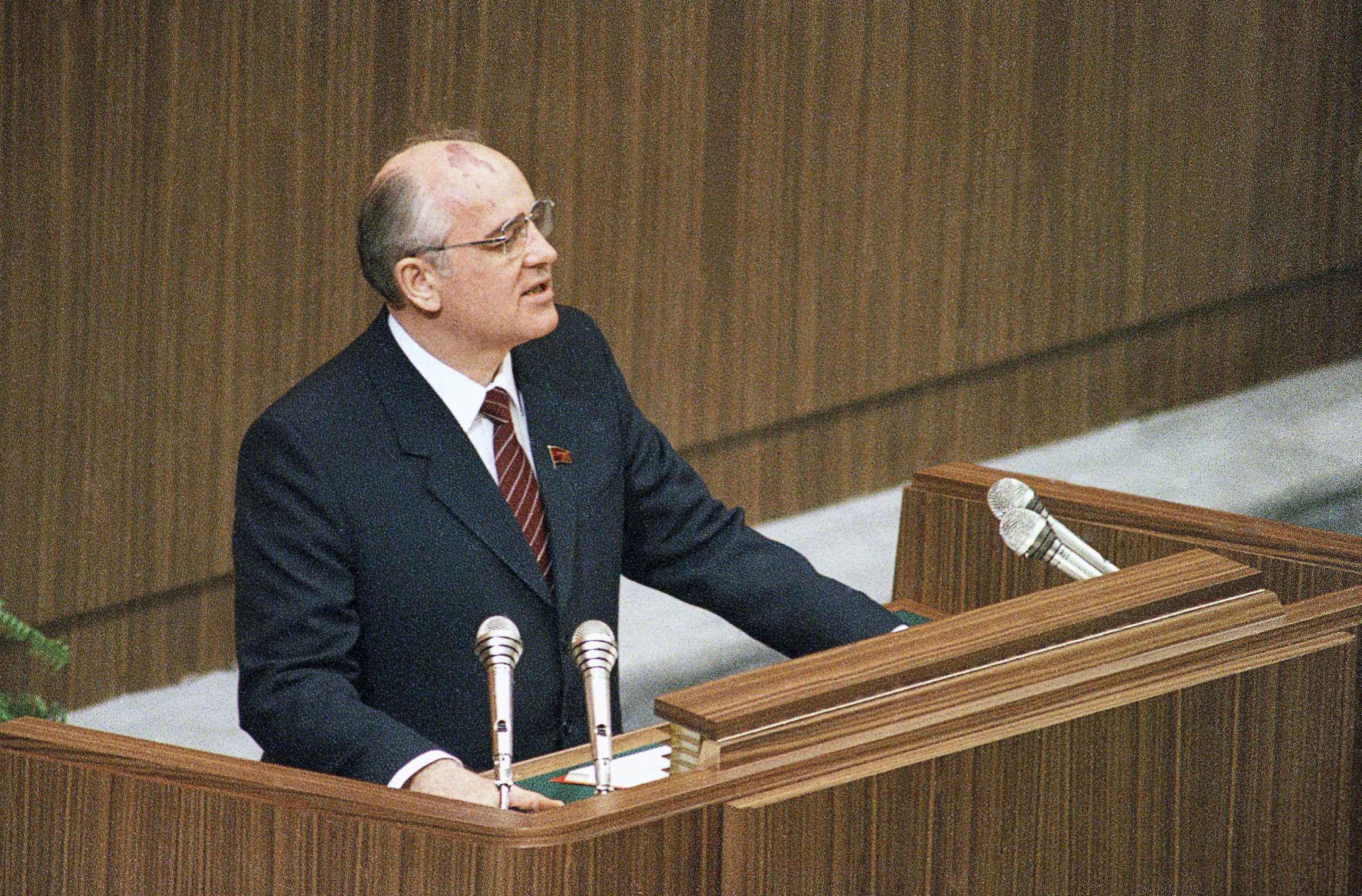Gorbachev’s death reminds world of the consequential ‘opening up’ and the evolution of the Russian state

Few world leaders have cut a more consequential but ultimately tragic figure than Mikhail Sergeyevich Gorbachev, whose death at the age of 91 has been announced by Russian state media.
In a way it was fitting that as the last leader of the USSR, Gorbachev was probably its only truly humane one. And it’s equally sobering that Gorbachev has passed away at a time when political repression in his native Russian SFSR has become stifling once more, and the specter of conflict in Europe which long overshadowed the region during the Cold War has become reality.
These were outcomes Gorbachev strived to avert. He was a man who became associated with opening up Soviet society, encouraging hope and debate rather than stifling it. He sought to revitalize the USSR, foreseeing a coming century of peace in which the Soviet Union joined a “Common European Home.”